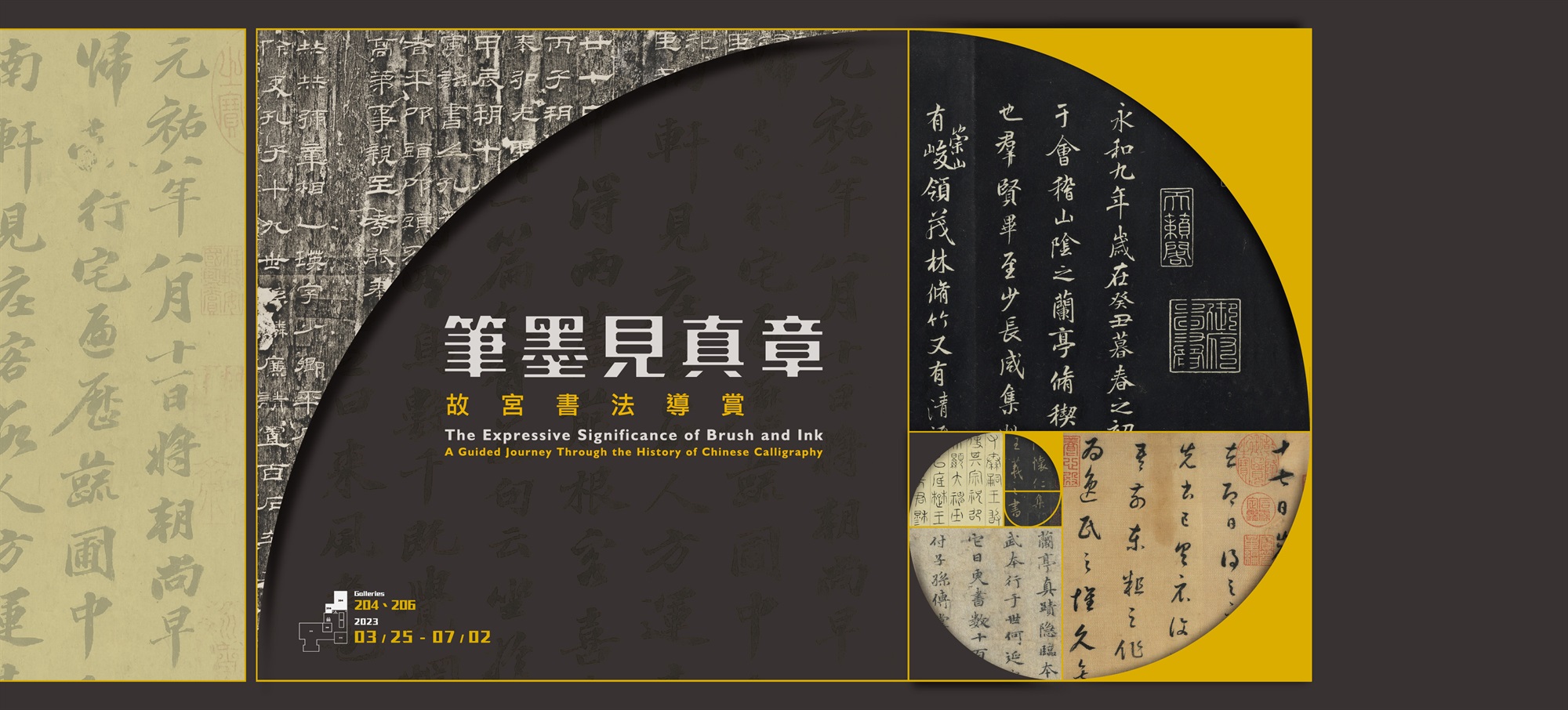Selections
-
Zhang Menglong, Governor of Lujun Stele (front side) Ink rubbing, Northern Wei dynast
The “Zhang Menglong Stele” was engraved in the third year of the Zhengguang reign period (522) under Northern Wei dynasty emperor Xiaoming. Its cap is emblazoned with an inscription identifying it as dedicated to Zhang, who was governor of Lujun county in the kingdom of Wei. The front side of the stele was engraved with twenty-four lines of regular script (called kaishu or zhengkai), each line containing forty-six characters. The text records Zhang Menglong’s family background and extols his contributions towards honoring Confucius and promoting education.
This stele’s calligrapher moved his or her brush with expansive fluidity, creating characters with all manner of fresh, elegant forms, and putting the graceful-yet-powerful spirit of Wei dynasty stele calligraphy on full display. Kang Youwei (1858-1927) praised this stele’s character structures as being calligraphy’s ne plus ultra, with all of the brushstrokes—be they long, short, rising, or falling—according perfectly with the bodies of the characters they belong to.
-
On the Origins of the “Orchid Pavilion Preface” Zhao Mengfu, Yuan dynasty
Zhao Mengfu (1254-1322), of Wuxing in Zhejiang province, had the style name Zi’ang and the sobriquet Taoist of the Snowy Pines (Songxue Daoren). Through his calligraphy Zhao expressed veneration for past masters and called for a restoration of the classical approach. He exerted an enormous influence on those who followed him.
This piece, which is a small character regular script transcription of an essay entitled “Examination of the Orchid Pavilion” by Jiang Kui (1155-1221), was written at the request of a friend of Zhao’s with the surname Cao. The calligraphic style shows timeless simplicity and classical elegance. The character structures are modelled on those found in “The Preface to the Orchid Pavilion,” giving viewers the sense that they are looking at calligraphy with regular script’s form but running script’s character. In this piece, the character for “pavilion” (亭) appears ten times; only in its final appearance is the hook at the bottom of the character changed from a vertical hook to a diagonal one. This break from regular script’s typical appearance may be an homage to calligraphy dating to the Wei and Jin dynasties, if not earlier.
-
Copy of the “Seventeen Inscription” Dong Qichang, Ming dynasty
Dong Qichang (1555-1636), of Huating in Jiangsu province, had the style name Xuanzai and the sobriquet Sibai. He passed the imperial examinations and attained the rank of presented scholar in the seventeenth year of the Wanli reign period and later rose to the rank of director in the Ministry of Rites. He was given the posthumous name Wenmin. Dong was a calligrapher and painter who possessed a rich art collection and excelled at connoisseurship.
This scroll is undated, but research indicates that it was based on the version of the “Seventeen Inscription” engraved in the Yuqing Studio Calligraphic Models, placing it sometime after the twenty-fourth year of the Wanli reign period (1596). Stylistically, the calligraphy possesses soaring elegance and appealing smoothness. This piece gives a sense of the popularity of the “Seventeen Inscription” during the late Ming dynasty, as well as the dual import Dong Qichang placed on copying ancient calligraphic works and rigorously tracing their origins.


